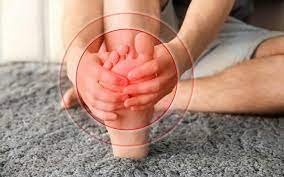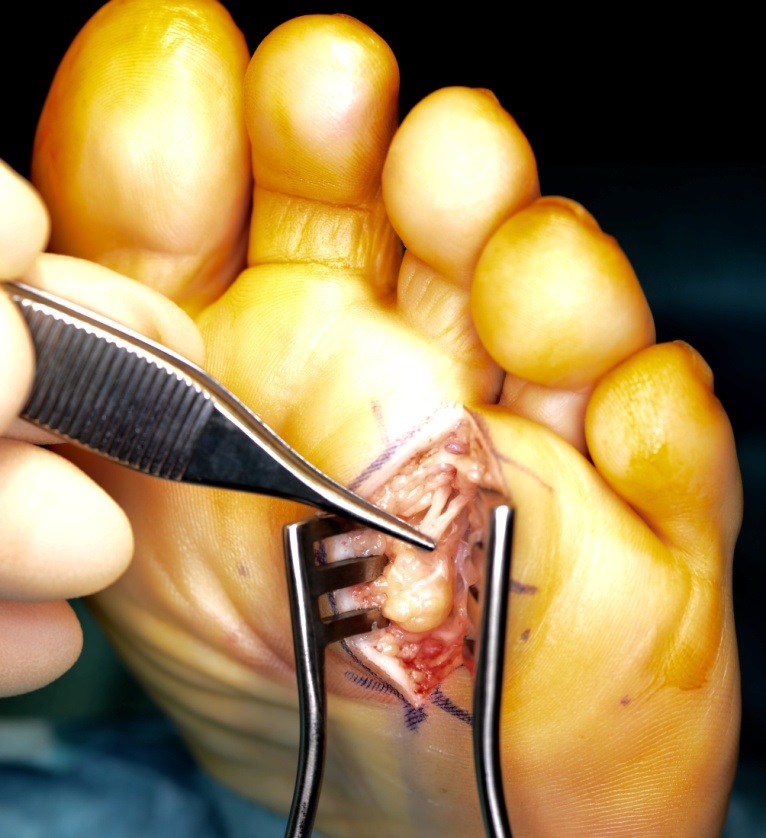Eshealthtips.com – Having Morton’s Neuroma is a very serious medical condition. It is a type of tumor that affects the nerves in the spinal column, and the symptoms are characterized by tingling, burning, and pain in the legs and arms. There are many different treatment options available to people suffering from this condition. In this article, I will discuss the symptoms, diagnosis, and treatment options for this condition.
Symptoms May Also Appear During Athletic Activity
Symptoms of Morton’s neuroma include burning pain in the ball of the foot, as well as a numbness or tingling between the third and fourth toes. It is a condition that is most common in women and middle-aged individuals. It is caused by pressure on the nerve in the foot. The symptoms of Morton’s neuroma often begin slowly. The symptoms can become worse when people wear tight-fitting shoes or high heels. Symptoms can also flare up during athletic activity.
If you have symptoms of Morton’s neuroma, you should have a comprehensive assessment. Your doctor may want you to take x-rays or an MRI. These tests can help rule out other possible problems.

Treatment usually includes lifestyle changes. It can include wearing shoes that are supportive and wide, and avoiding activities that put pressure on the foot. You may also want to talk to your doctor about orthotic inserts. These inserts are available over the counter and can be custom-made.
Symptoms of Morton’s Neuroma Include Numbness or Pain in the Forefoot
Symptoms of Morton’s neuroma include numbness or pain in the forefoot and/or pain in the intermetatarsal region. In addition to being painful, Morton’s neuroma may also cause a collapse of the transverse arch. When a patient has symptoms that may suggest a neuroma, imaging tests are often used to rule out other possible causes. These tests can include X-rays, MRIs, CT scans, and ultrasound. In some cases, an IV contrast may also be used.
Imaging tests can help diagnose Morton’s neuroma by determining its location and confirming its etiology. In addition, imaging tests can help rule out other soft tissue conditions that may be the cause of the foot pain. A diagnosis of Morton’s neuroma should be confirmed by careful correlation between the results of clinical and MR imaging.

The primary treatment for Morton’s neuroma is nonoperative. Treatment can include custom orthoses, padding, taping, and injections. If conservative measures fail to relieve symptoms, surgery may be necessary.
A Good Choice When Conservative Treatments Fail
Surgical treatment is a good option when conservative treatments fail. A neurectomy is a surgical procedure that can decompress the entrapped interdigital nerve. However, neurectomy has high rates of postoperative complications. There are also minimally invasive treatment options for a neuroma. This includes the use of shoe modifications, padding, and custom orthotic devices. These can help reduce pressure on the nerve and allow the neuroma to heal.
There are also prescription drugs that can help with pain relief. Opioid pain relievers are often used in more severe cases. They can be addictive and have the potential to cause respiratory and cardiovascular failure. They may also cause nausea and constipation. Nonsteroidal anti-inflammatory drugs (NSAIDs) can also help reduce inflammation. They may be used with pain medication to reduce pain enough to make it possible to engage in physical therapy. Corticosteroid injections may also be helpful in relieving symptoms. This treatment is also helpful in the early stages.

During recovery from Morton’s neuroma surgery, there are several steps to follow. These steps include exercises to strengthen the ankle and foot, physical therapy to address tightness in the foot, and wearing custom insoles to help support the affected foot. A corticosteroid injection can help ease pain and inflammation. This procedure is usually performed in your doctor’s office. Oftentimes, corticosteroid injections require little or no downtime. If your doctor feels that you are in need of more than one injection, they may limit the amount of times you receive them.
Reference: